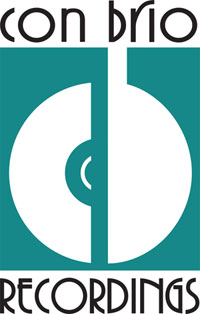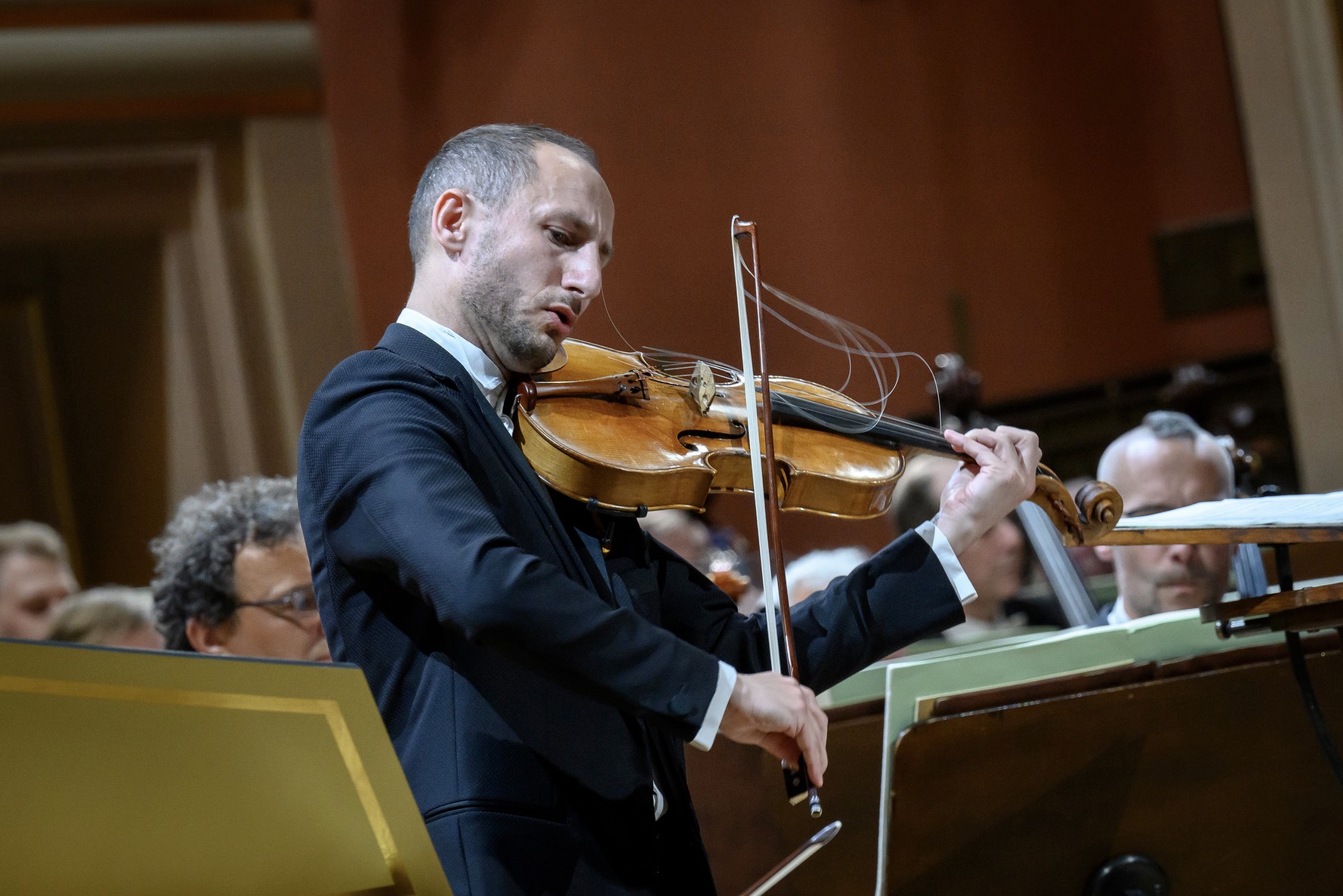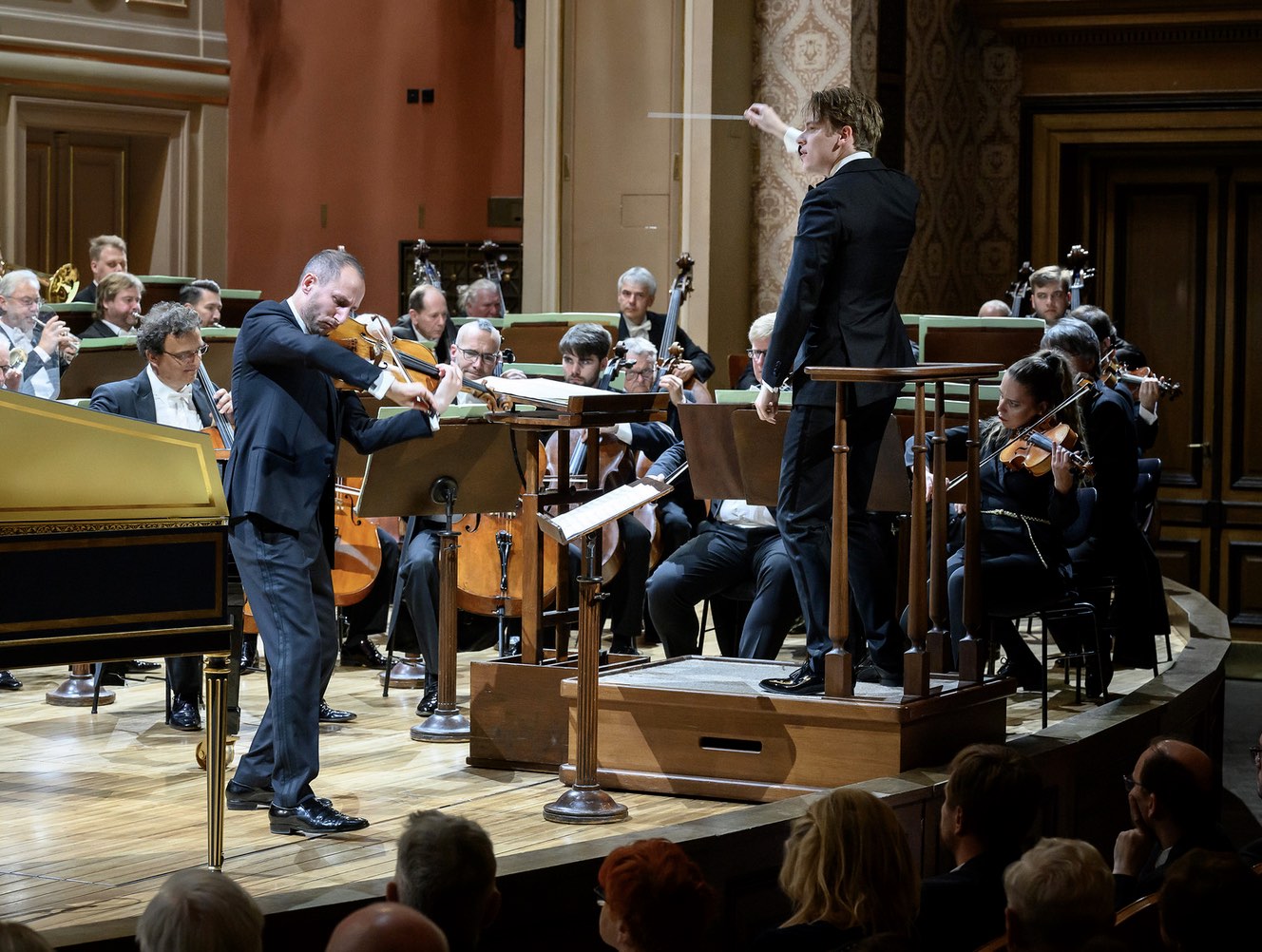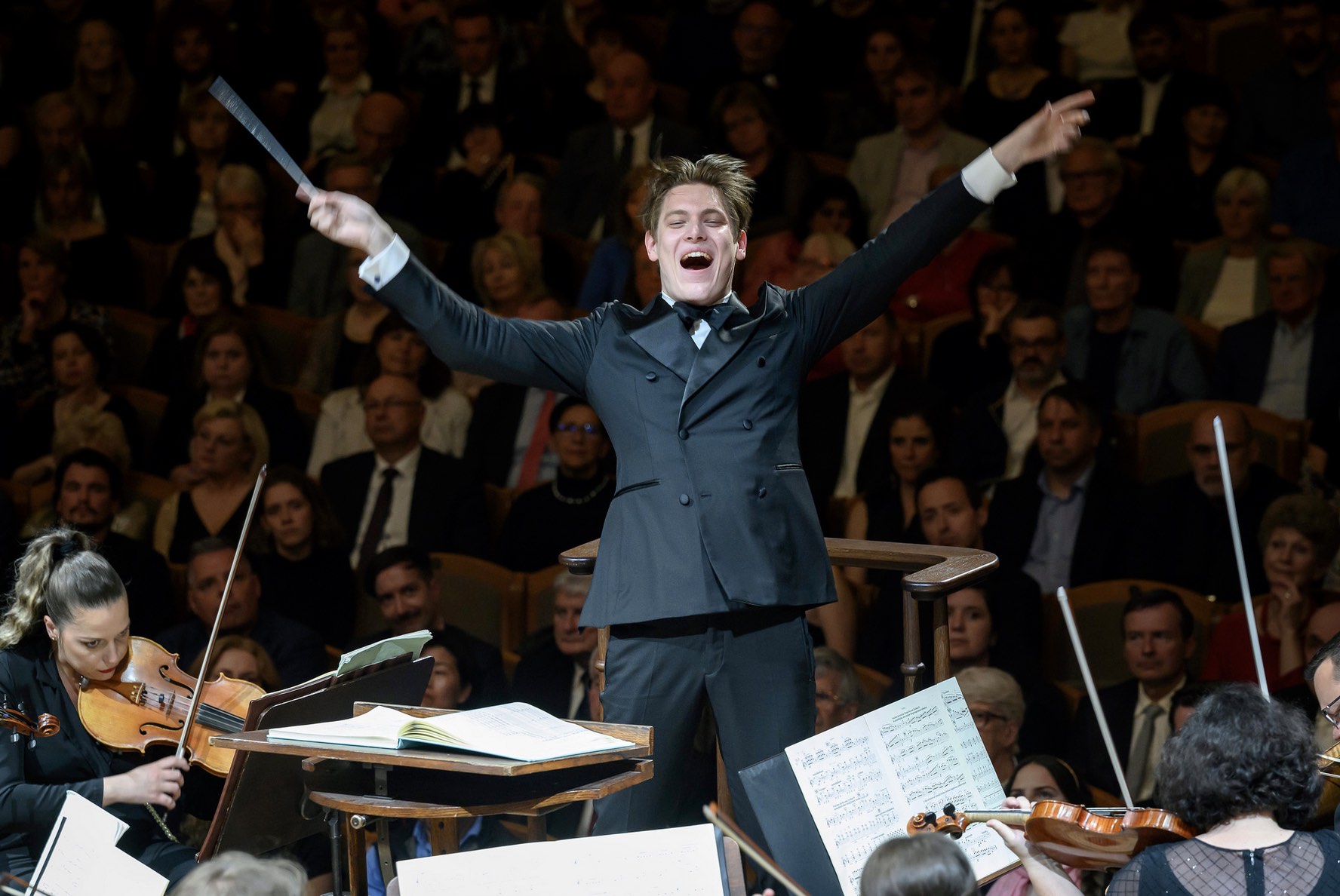 NETWORK
NETWORK
Musical America has developed the most advanced search in the international performing arts industry. Click on the tabs below to identify the managers, artists, presenters, businesspeople, organizations and media who make up the worldwide performing arts community.

Management companies that advertise in the print edition have a hyperlink to their Artist Roster.
(If you would like to advertise in the Directory and receive the benefit of having your roster appear in this database, please click here.)
Choral Groups
Dance Companies
Orchestras
International Concerts & Facilities Managers
US/Canada Facilities
US/Canada Performing Arts Series
Festivals
Record Companies

1961 Rose Ln.
Pleasant Hill, CA 94523
(925) 689-3444
Reviews
Finn Phenom Takes on Schnittke and Mahler in Prague
 PRAGUE—Mahler’s First Symphony can be a tricky beast to program. Not quite long enough to stand alone, it’s capable of overshadowing a lightweight concerto, or worse, competing for attention with another showboat work. This May 17 concert, with the Czech Philharmonic resplendent in the gilded Rudolfinum as part of the Prague Spring Festival, offered an intriguing solution. Indeed, the polystylistic eccentricities of Alfred Schnittke’s gritty 1985 Viola Concerto proved the perfect match, complementing, and yet neatly contrasting with Mahler’s multihued songs, dances, and military fanfares.
PRAGUE—Mahler’s First Symphony can be a tricky beast to program. Not quite long enough to stand alone, it’s capable of overshadowing a lightweight concerto, or worse, competing for attention with another showboat work. This May 17 concert, with the Czech Philharmonic resplendent in the gilded Rudolfinum as part of the Prague Spring Festival, offered an intriguing solution. Indeed, the polystylistic eccentricities of Alfred Schnittke’s gritty 1985 Viola Concerto proved the perfect match, complementing, and yet neatly contrasting with Mahler’s multihued songs, dances, and military fanfares.
Composed in the summer of 1985, Schnittke’s concerto was the last piece he worked on before suffering the first of a debilitating series of strokes. The composer went on to claim that its haunted opening and gloomy conclusion were a musical premonition, and it does have the feel of a person who sets out on a journey against odds that in the end prove impossible to conquer.
In French violist Antoine Tamestit, it found an ideal interpreter. Not only was his bronzed tone and dexterous technique rock solid (and his hushed playing eloquent), with his lean frame and Paganini-like energy, he was the most theatrically satisfying of protagonists when it came to negotiating Schnittke’s musical dance with death.
Written for violist Yuri Bashmet, the concerto’s introductory theme represents the first six letters of the German spelling of Bashmet’s surname (similar to the way in which the famous DSCH theme stands for Shostakovich). Embracing the gently rocking opening motif, Tamestit’s bronzed tone glided smoothly across the stygian drone of a solo double bass. The piece is full of spicy pop-up duets in which the soloist is joined by principal players from the orchestra.  The performance benefitted from some unique stage visuals. With the solo viola placed stage right, flanked by harp, harpsichord, and celesta (his ‘‘good angels’’ perhaps), the serried ranks of strings, stage left, and the woodwinds, brass, and percussion lined up behind him suggested a most formidable opposition.
The performance benefitted from some unique stage visuals. With the solo viola placed stage right, flanked by harp, harpsichord, and celesta (his ‘‘good angels’’ perhaps), the serried ranks of strings, stage left, and the woodwinds, brass, and percussion lined up behind him suggested a most formidable opposition.
Tamestit was aided by a sensitive, yet incisive reading of the score by 27-year-old Finnish maestro Klaus Mäkelä. Between conductor and orchestra, the work’s many colors—though unusually dark as Schnittke scored the work without violins—came through beautifully, with the solo viola shining brightly within the mix. The second movement’s succession of woozy, slinky, and even beery waltzes butt heads with remorseless Soviet-style marches and even a dash of Hollywood schmaltz. The Frenchman was in his element here, while a series of cadenzas saw him careering from breathtaking double stops and bow-shredding arpeggios to suspended passages of ethereal beauty.
The orchestra served up some bravura effects, not least the Wagnerian brass chorales, mournful contributions from bassoons and contrabassoon, and the final thunderous funeral march. As the harpsichord’s chiming chords called time on the solo viola, Tamestit’s exquisite, dying notes drew him down to earth in a graceful, yet melancholy swan dive. His encore, an otherworldly Bach Sarabande transcribed for viola, was the icing on the cake.
After exhibiting such thoughtful control over the Schnittke, it was surprising that Mäkelä ran into a few problems in the Mahler. Not that his pacing ever seemed less than convincing, but there were moments in all four movements where his enthusiasm for in-your-face, brass-infused volume—of which Mahler would doubtless have approved—came at the expense of internal balance.
The Rudolfinum’s solidly reflective rear wall can over amplify sound, and matters got off to a shaky start with the opening seven-octave string chord—marked ppp in the score—coming in at a resolute mezzo-piano. As a result, inner detail felt smudgy, woodwind figures were occasionally obscured, and the offstage fanfares sounded too close by half. Matters soon righted themselves. Mahler’s breezy walking theme was perfectly pitched and the climax, with its barrage of whooping horns, duly set the adrenalin pumping.
 The second movement suited Mäkelä’s no-holds-barred approach, his flexible body language conveying the mood. Leaning into the rumbustious Ländler, he urged the lower strings to dig deep. If the main theme’s downward swoops lacked the last ounce of recklessness, tempos were invariably spot on. Ditto the faux funeral march of the third movement, which featured some lovely solo playing from double bass and tuba. The contrasting string interlude was beautifully finessed, though by insufficiently pointing up the contrasting ‘‘klezmer’’ sections, they felt a trifle flat.
The second movement suited Mäkelä’s no-holds-barred approach, his flexible body language conveying the mood. Leaning into the rumbustious Ländler, he urged the lower strings to dig deep. If the main theme’s downward swoops lacked the last ounce of recklessness, tempos were invariably spot on. Ditto the faux funeral march of the third movement, which featured some lovely solo playing from double bass and tuba. The contrasting string interlude was beautifully finessed, though by insufficiently pointing up the contrasting ‘‘klezmer’’ sections, they felt a trifle flat.
Mäkelä launched into the finale at a terrific lick, whipping the Czech players into a veritable frenzy. There was some terrific brass playing here, though sometimes at the expense of thematic clarity in the strings. The second subject on violins was imbued with just the right hint of sadness, the first climax was tackled with aplomb, and the echoes of the first movement were handled better the second time around.
The final two minutes were certainly exciting, earning Mäkelä a solid standing ovation, but then the symphony’s feelgood ending inevitably earns rapturous applause regardless of the music-making that has gone before it. Here, the impression was of a dynamic conductor with plenty of ideas, but one who is still getting to know this complex score and, perhaps more importantly, how to adapt his interpretation to suit a hall’s acoustic.
Pictured: Violist Antoine Tamestit performs Schnittke's 1985 concerto with the Czech Philharmonic as part of the Prague Spring Festival; Klaus Mäkelä is on the podium.
Classical music coverage on Musical America is supported in part by a grant from the Rubin Institute for Music Criticism, the San Francisco Conservatory of Music, and the Ann and Gordon Getty Foundation. Musical America makes all editorial decisions.










 RENT A PHOTO
RENT A PHOTO






